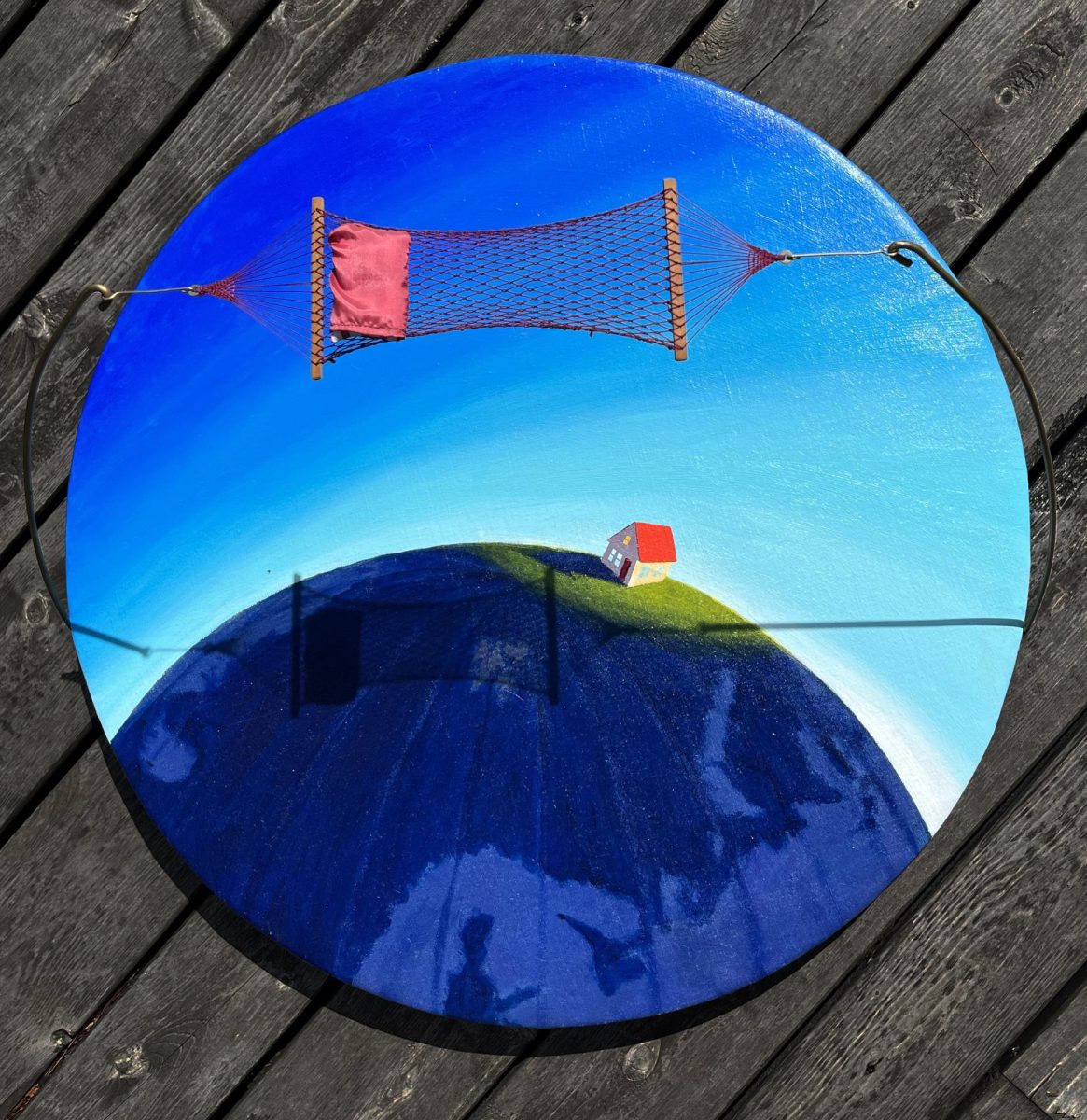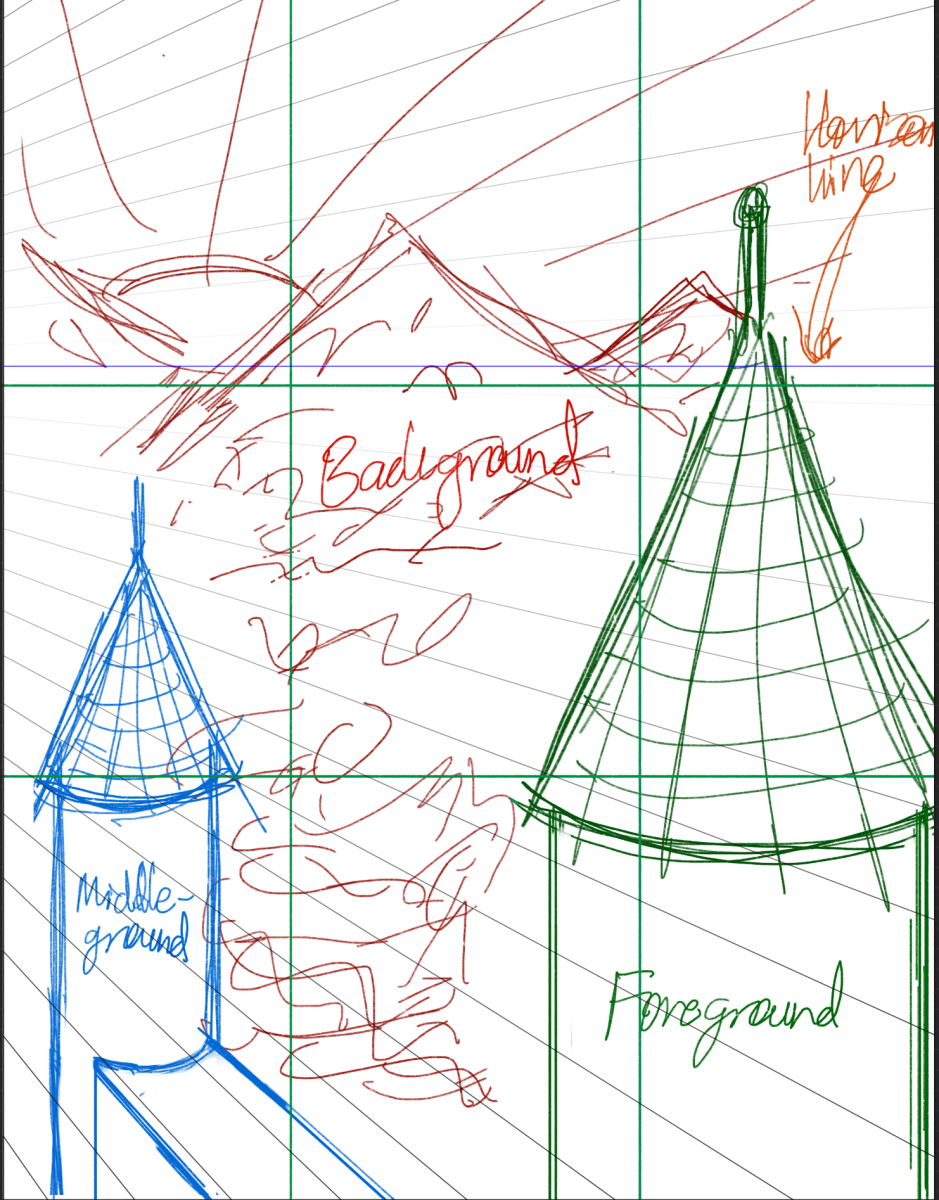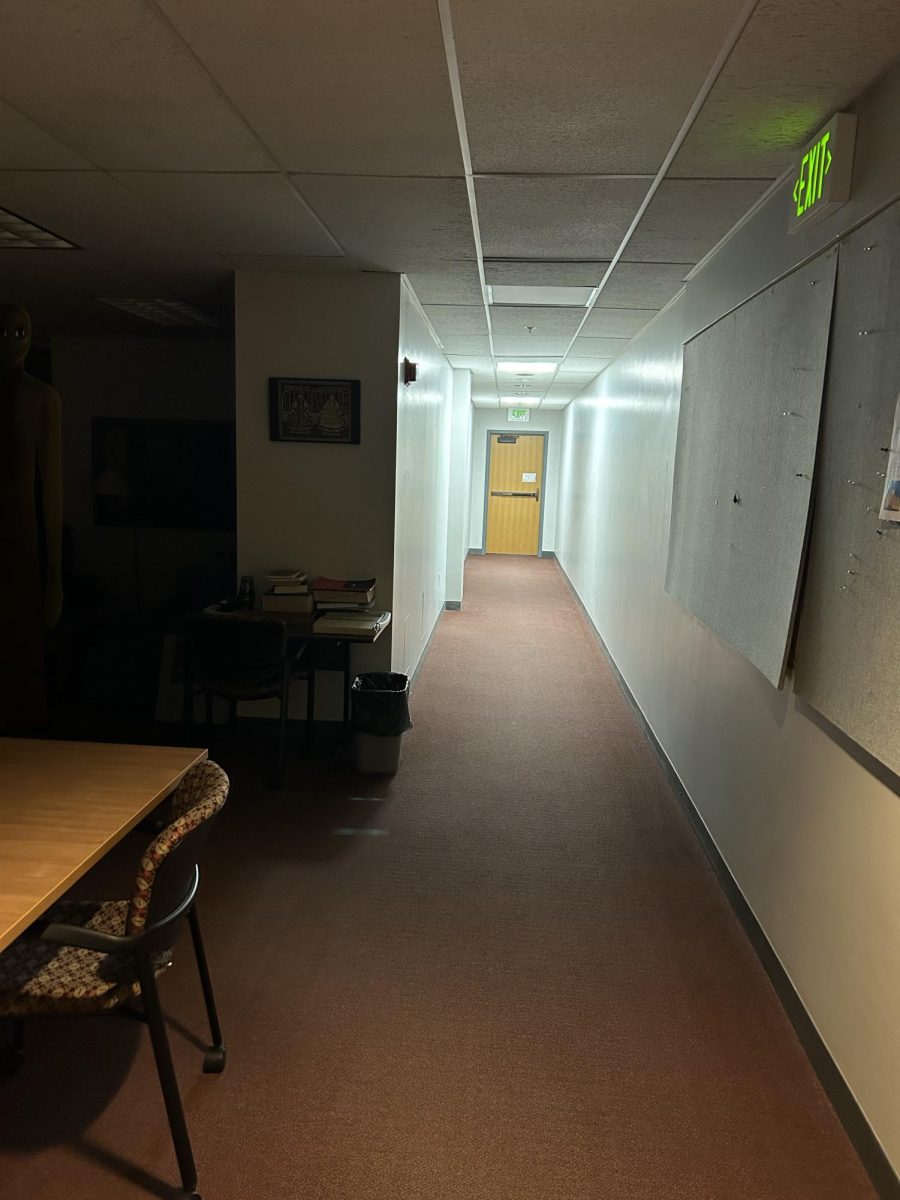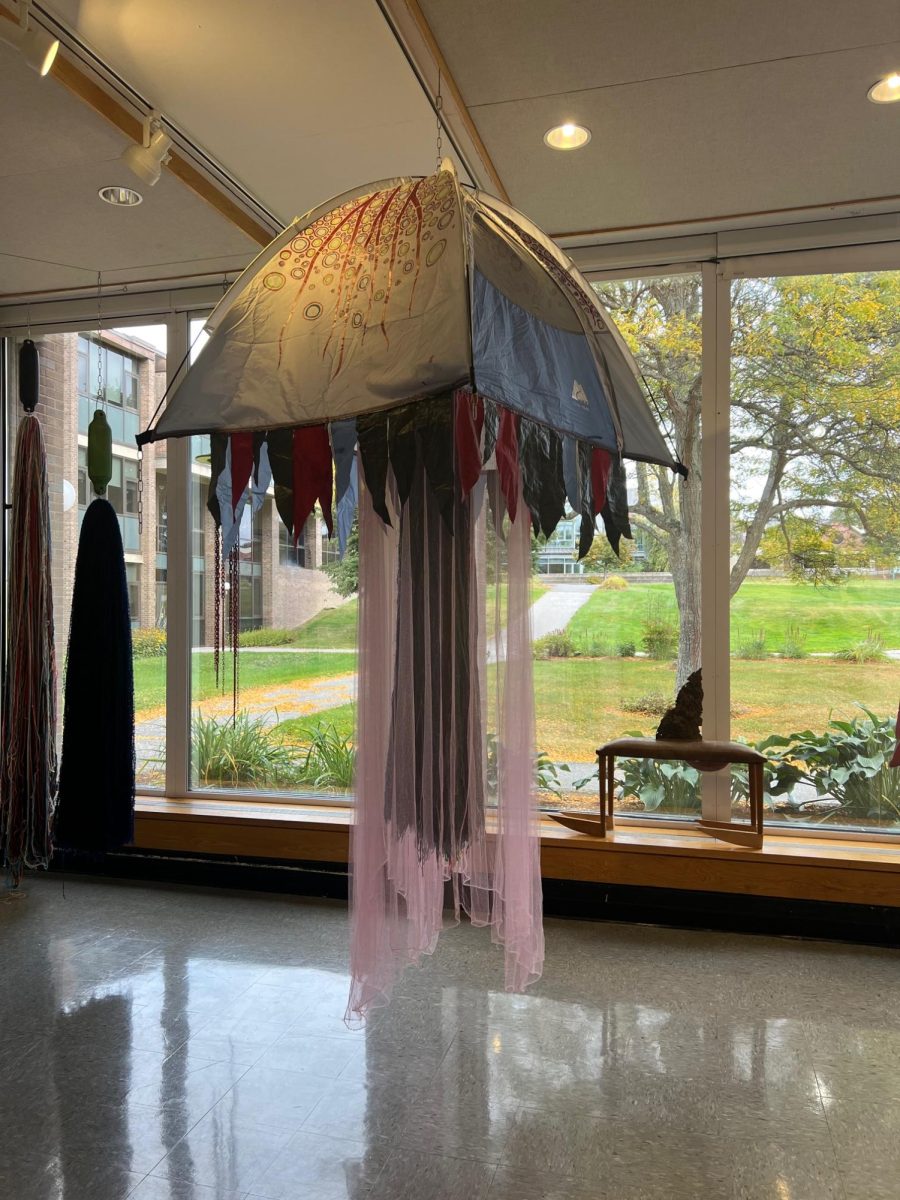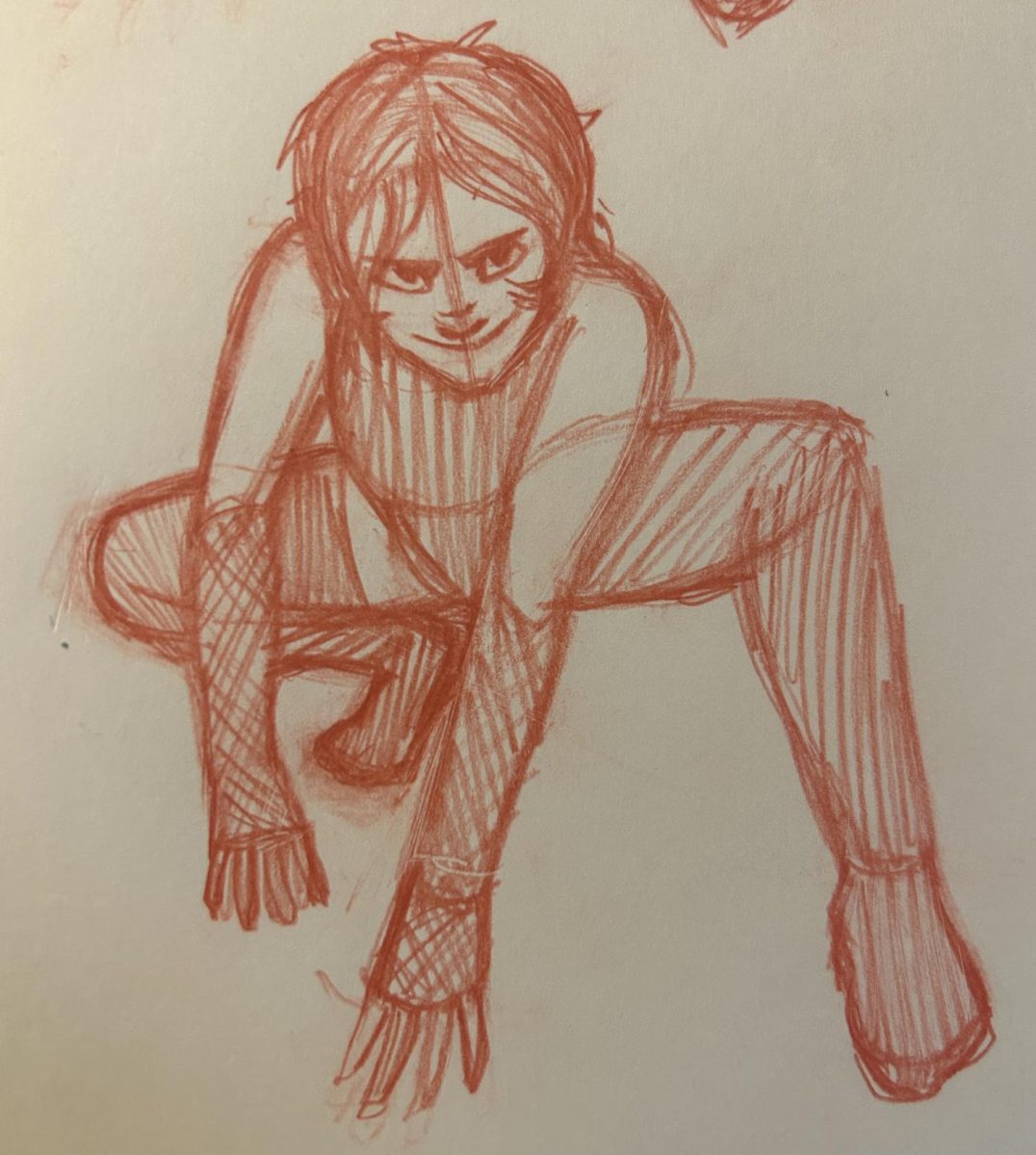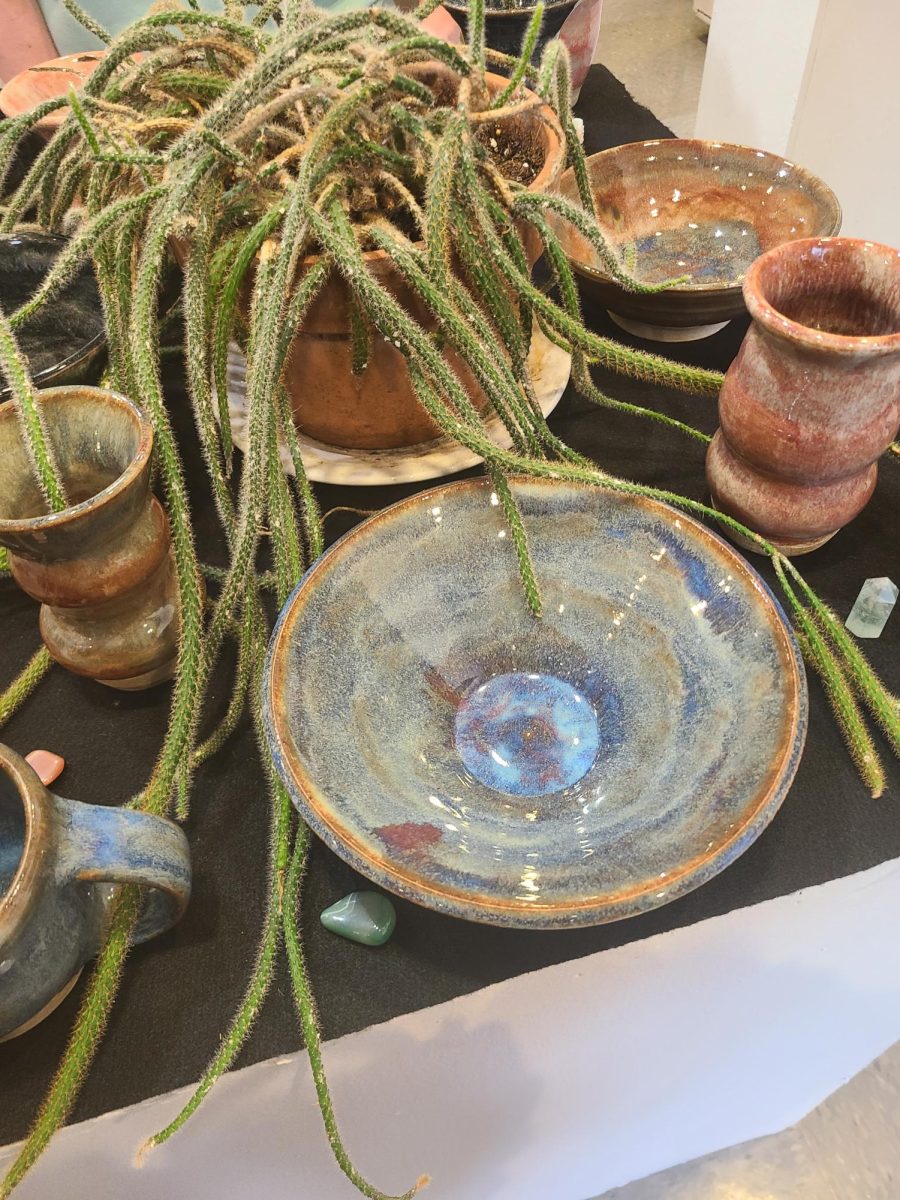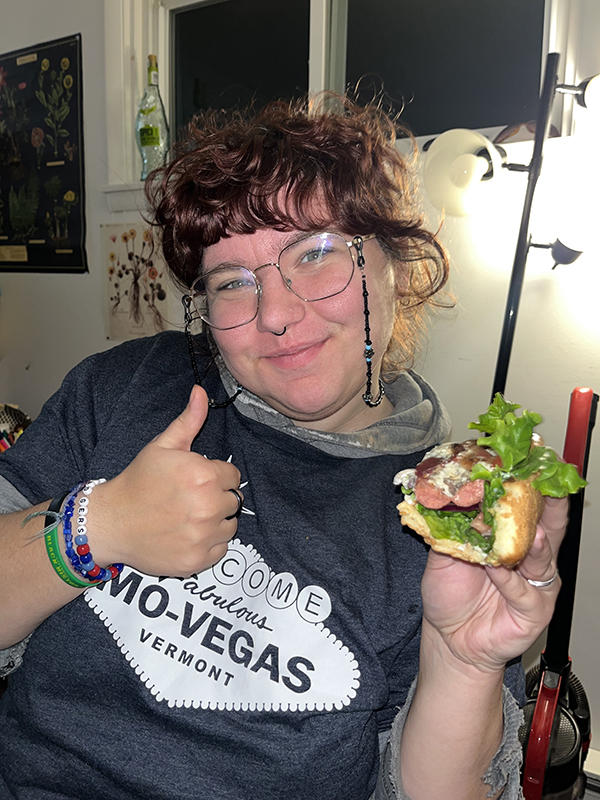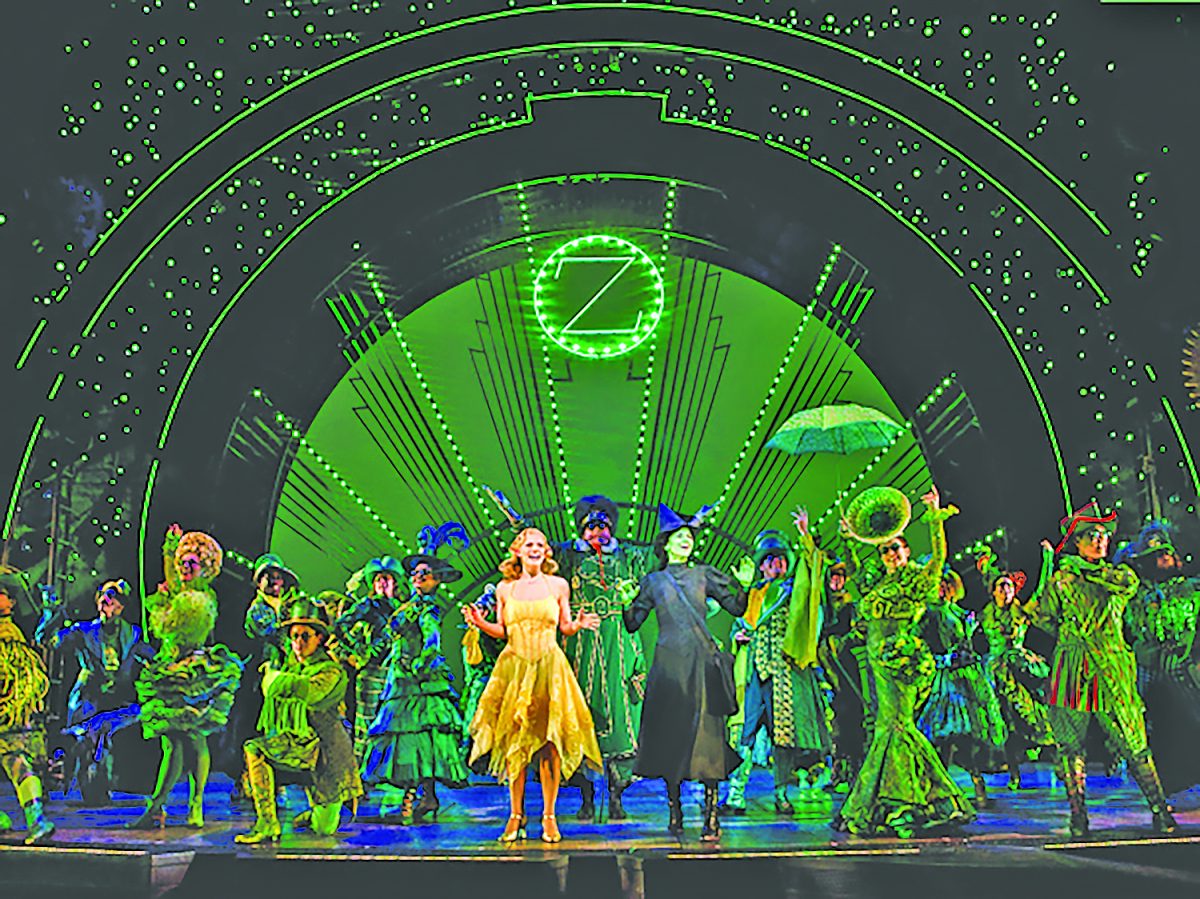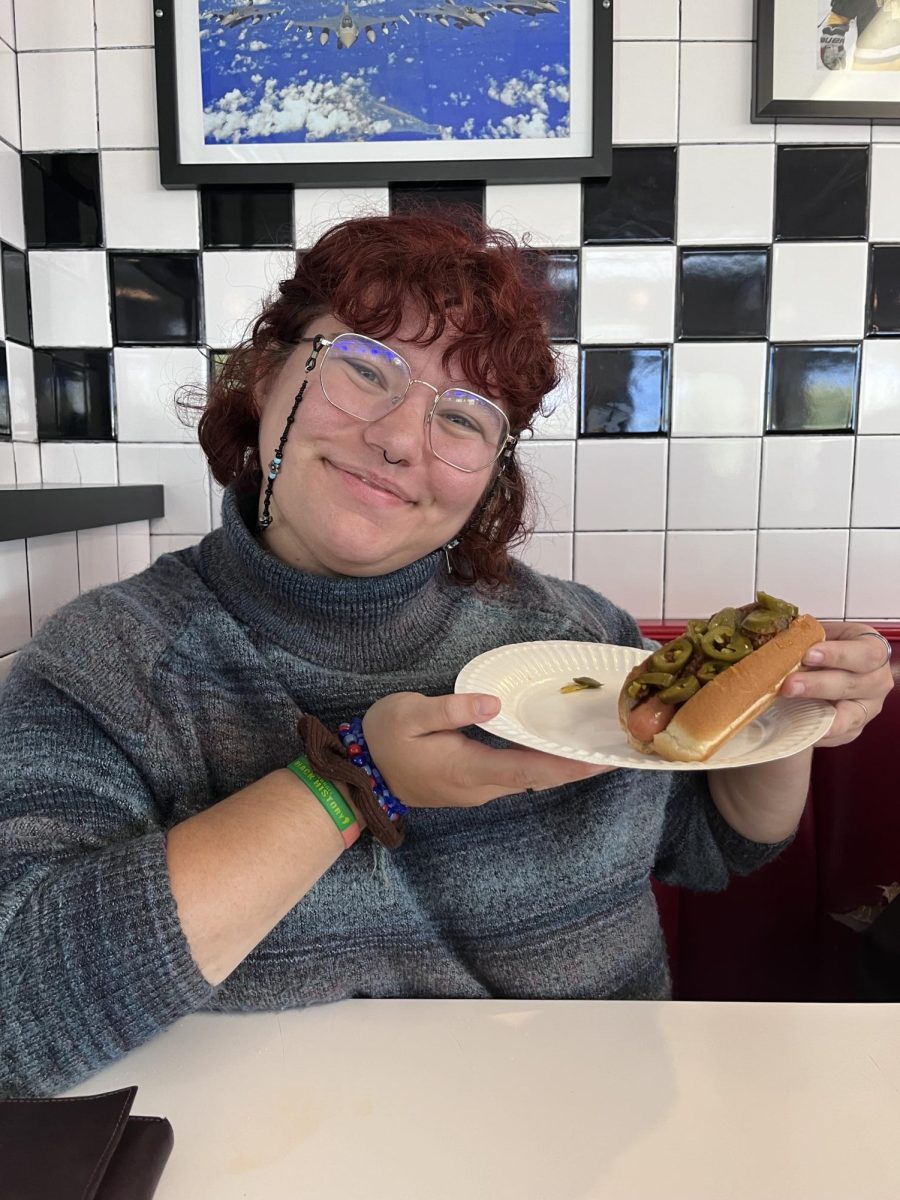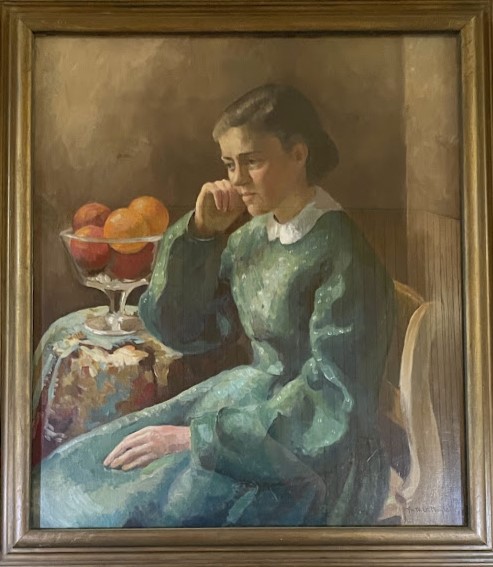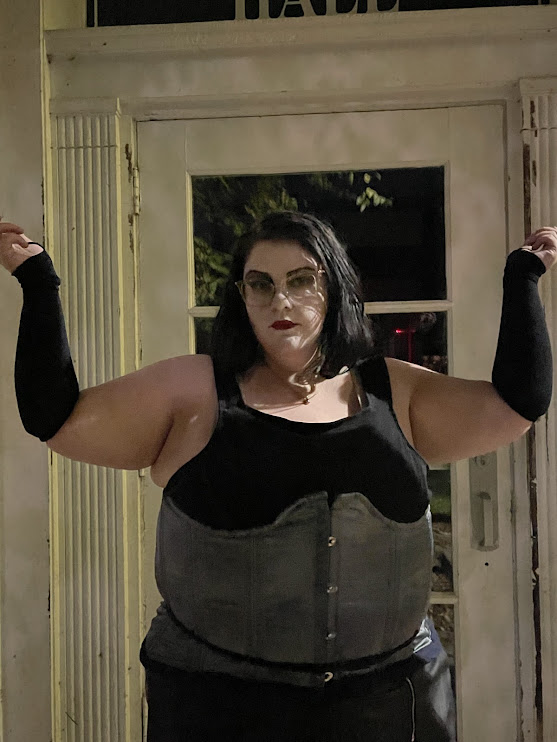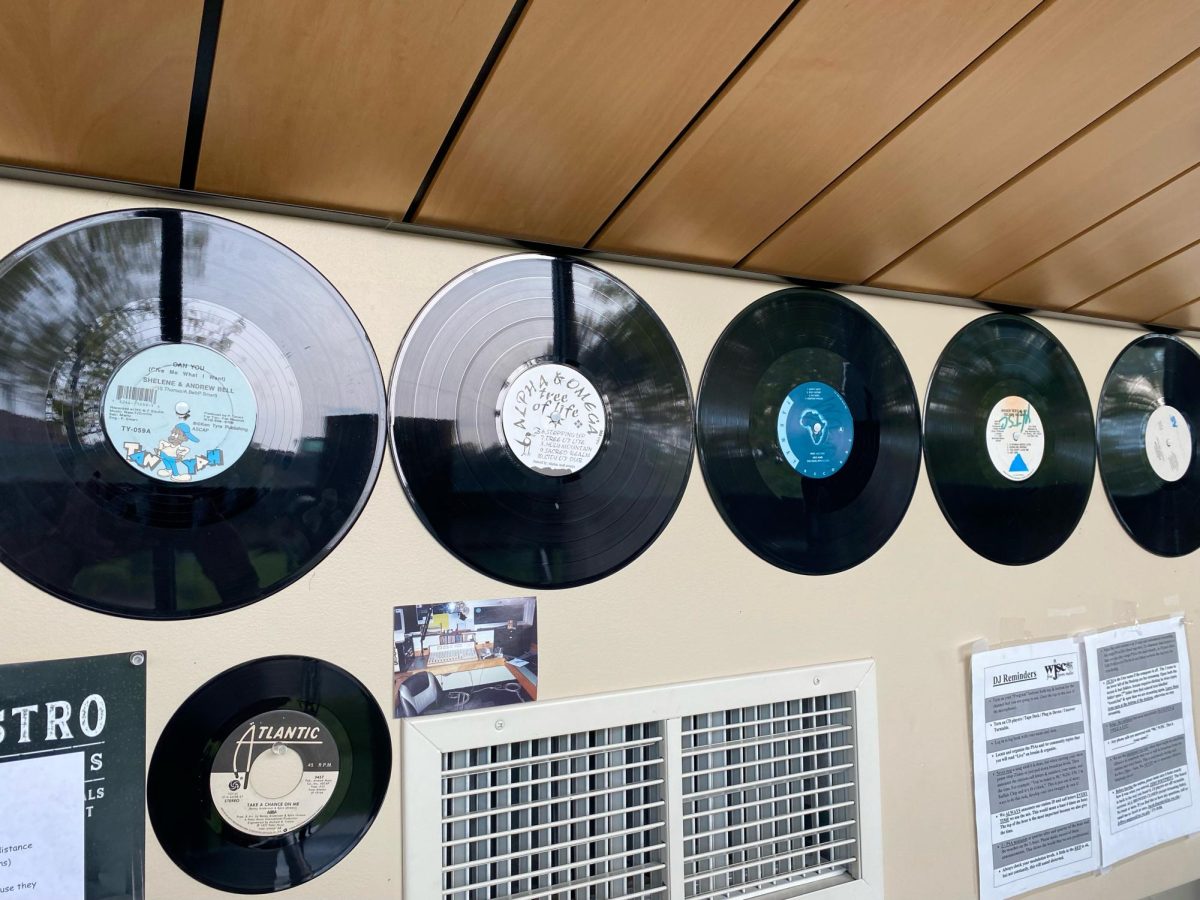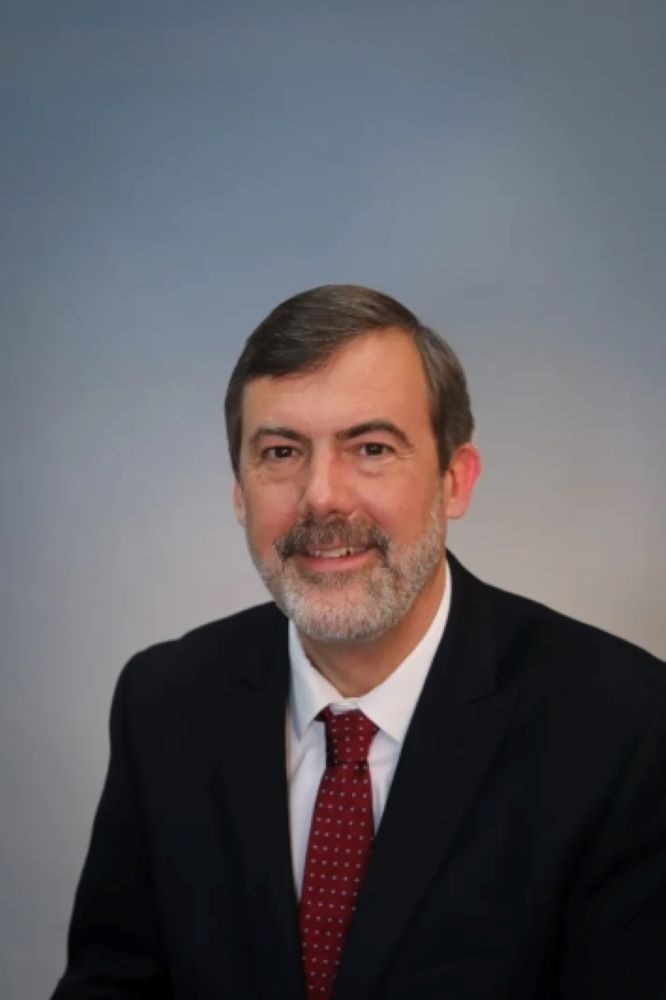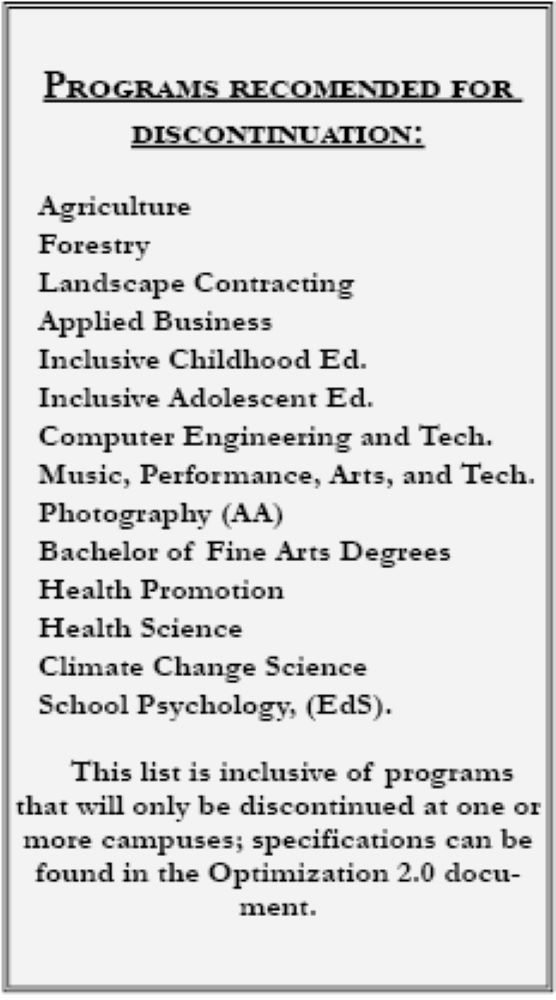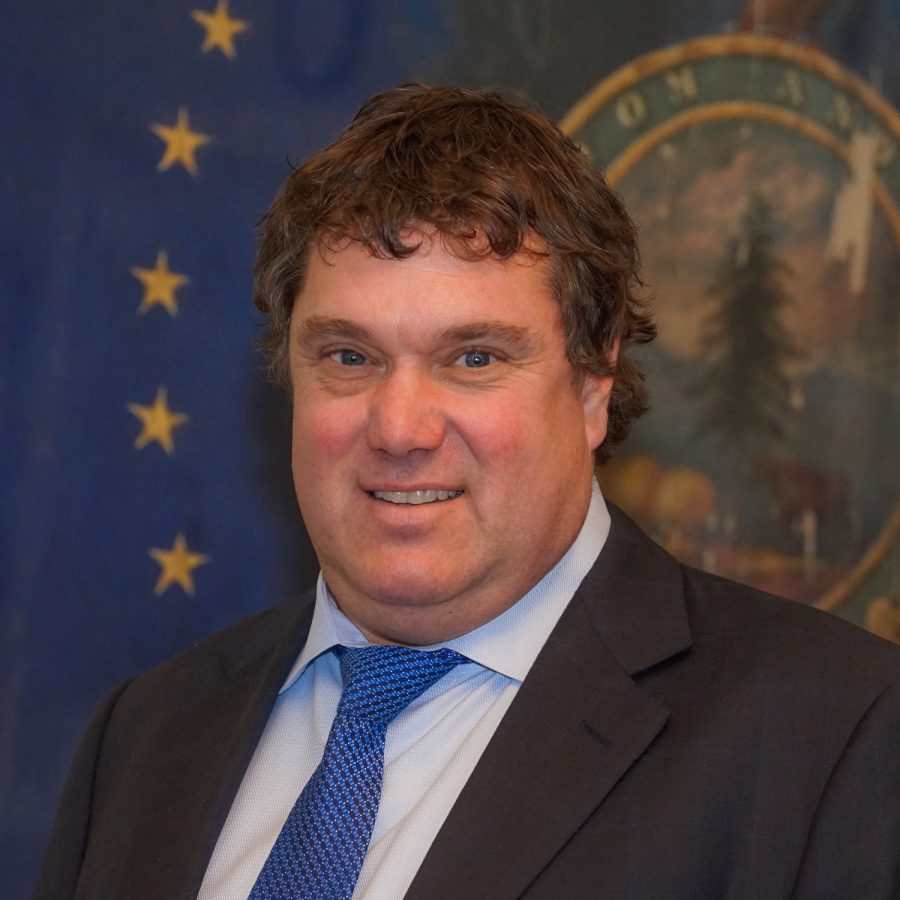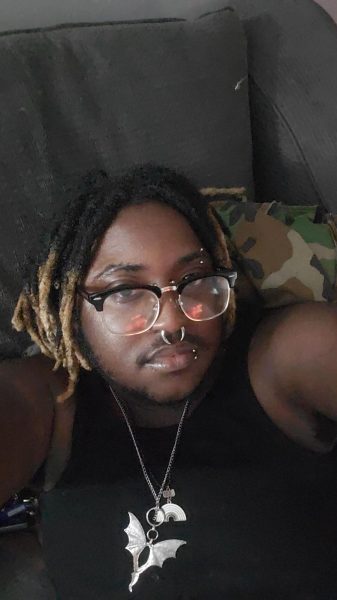You may have seen the flyers around the Johnson campus halls, advertising the various exhibits to be shown in the Julian Scott Memorial Gallery (JSMG) this semester. Those who have visited the Dibden building might have walked through the first exhibit of the year, “the color of the sky is pink” by Samantha Eckert, or any of the others in the past, and marveled at the pieces on display.
While one can imagine the hours of work put into creating each piece, staging the art can also be a complicated creative process.
Phillip Robertson, Faculty Director of JSMG, has been working as the gallery’s curator since 2017. He has over four decades of experience working in and around art as a curator, and Robertson said that the best part working as the JSMG curator is “helping students bring their crazy ideas to reality.”
In some cases, artists give Robertson creative freedom and allow him to decide where and how things go up. In other cases, the artist already has an idea of how they want their work displayed.
Robertson recalls one artist last semester, a photography student, and the process of putting together her display.
“She created this beautiful hand-drawn document with clipped-out images of her photos, and she had them [mapped] to the inch of where they were going to be. Height, width, and spacing.”
Kate Voganschneider, Robertson’s intern at the time, believed putting all 55 photos up would take days. But Robertson says that he calculated where the first piece was to be placed, and the two of them were able to get all the artist’s photographs up in three hours, exactly as desired.
In the cases where student artists come to help, and there are multiple displays in the gallery at a time, a little more coordination is necessary to make sure everyone – and their art – stays safe.
The gallery is entirely customizable and can host many types of media, making the possibilities endless for prospective displays.
Art can be hung almost anywhere on the walls, and televisions, speakers, and projectors can be used to display sound and video. Various things can be done with the lighting, including completely blacking the space out.
The ceilings were made with steel rails set into the building’s structure, so objects can be suspended from any of the eight built-in tracks. There are differently sized wooden plinths that can be added to display work or divide walls, and Robertson and his team have access to the full woodshop in the basement of Dibden, meaning they can build whatever necessary structures that they don’t already have.
Robertson is excited to explore other enhancements for the gallery, as it’s a very important part of the Fine Arts program for the University.
“I’m very grateful that VTSU is continuing to support the Julian Scott Gallery budget moving forward,” said Roberts.
His ideas for possible enhancements include obtaining larger TVs, with touch screen capabilities, to allow for more interactive exhibits. He anticipates this might be useful for one of the BFA exhibits coming next semester.
Curating the art gallery takes a lot of flexibility for both Robertson and the artists.
“My motto, when working with all artists, is: bend, don’t break.”
Because art is so personal, Robertson said, artists can get emotional if they can’t display things exactly as they want them. MFA students are allowed to have the gallery to themselves for their installations, but BFAs must share with up to two other students. Robertson is responsible for resolving issues and conflicts that may arise, proposing alternative solutions that satisfy everyone.
“There was an exhibit where [an artist] wanted to have loud rock music playing, and the other two students were completely against that. We made it so that no music was playing, but people could put in music to listen to when they were there.”
For this exhibit, the artist supplied their own stack of CDs that viewers could pick from and listen to from a CD player. This was another interactive exhibit, allowing people to sit on a couch and watch videos while listening to music.
“One morning I came in and The Cure was playing,” said Robertson, “And two students were sitting on the couch, talking. That, to me, was a win.”
The time each installation stays up varies, but ranges between 1-2 months. The artists almost always come to give a talk, elaborating on their art pieces and the motivations behind their creations. Robertson said the talks can vary depending on the creator’s desires and can get extremely deep and personal.
According to Robertson, for-profit galleries typically hold talks for prospective art buyers. While artists can and do sell their exhibited work at JSMG, the gallery charges no commissions and all profit goes directly to the artist.
The schedule for the year is put together by Robertson himself, and prospective exhibits are selected from his ongoing list of people and ideas. He also said that including diversity in the artists he chooses to display is important to him. Robertson was excited to talk about a group of spoken word poets who incorporate hip-hop and graffiti art into their work, and would love to invite them this year if all goes well.
Robertson prioritizes Fine Arts students over visiting artists. As a result, he said outside artists sometimes schedule a year or more in advance to have their pieces displayed.
“Because I’ve been in the Central Vermont art scene, and the art scenes beyond Vermont, I could bring in visiting artists for the next ten years and not run out of people.”
JSMG typically hosts three to four exhibits a semester, however, some semesters are much busier, like the upcoming Spring ‘24 semester, which will have 10 participating artists.
“It depends on how many shows I’m trying to fit in. A great example of this was in 2015 or 2016, when we had 16 graduating BFA students. That just happens sometimes.”
Eckert’s “the color of the sky is pink” was removed on September 28. The next two exhibits for this semester will be retired Johnson professor Ken Leslie’s “Retrospective” from October 10 to November 10, and MFA student Abigail Synnestvedt from November 14 to December 15.
Below is the exhibit schedule for the upcoming Spring 2024 semester:
Julian Scott Memorial Gallery
Faculty Spotlight Michael Mahnke
January 23-February 23, 2024
MFA Amy Kolb Noyes
March 11-April 5, 2024
BFA ONE
April 16-26, 2024
BFA TWO
April 30-May 10, 2024
MFA Caroline Loftus
May 13-18, 2024
Susan Calza Black Box Gallery
MFA Chelsea Parfumi
May 13-18, 2024


